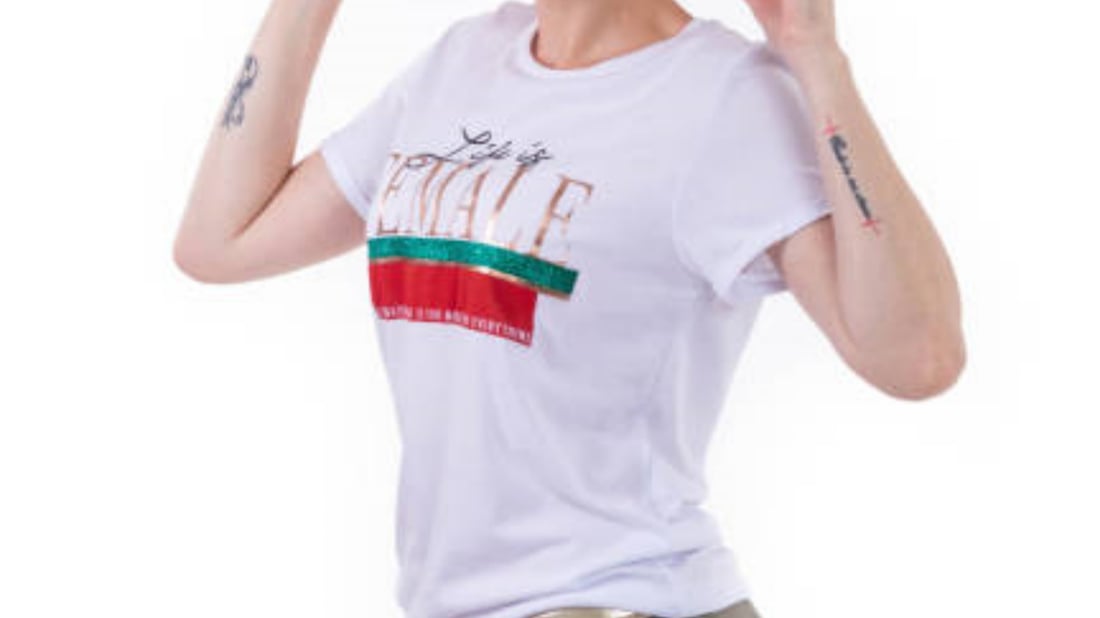The Distinction Between Knit and T-Shirts
In the world of fashion, there are countless types of garments available, each with its own unique qualities and characteristics. Among the most popular and widely worn items are knitwear and T-shirts. While both offer comfort and style, there are distinct differences between the two. In this article, we will explore the dissimilarities between knit and T-shirts, shedding light on their construction, fabric, uses, and more.
1. Construction Between Knit and T-Shirts
The first and most apparent distinction between knitwear and T-shirts lies in their construction. Knitwear is created using a specialized knitting technique, where yarns are interlooped to form a cohesive fabric. This method allows for stretchability and flexibility, making knitwear ideal for fitted garments. On the other hand, T-shirts are typically constructed using a sewing technique, where different fabric panels are stitched together to create the final product. This construction method provides a more structured and less stretchy fabric compared to knitwear.
2. Fabric Between Knit and T-Shirts
When it comes to fabric, knitwear and T-shirts also differ significantly. Knitwear is commonly made from yarns that are looped together, forming a fabric with a distinct texture and appearance. This fabric can vary in thickness, ranging from lightweight knits suitable for warm weather to heavier knits for colder climates. T-shirts, on the other hand, are typically made from woven fabrics, such as cotton or polyester. These fabrics provide a smooth and flat surface, making T-shirts more versatile in terms of design and print options.
3. Stretch and Fit
One of the key factors that sets knitwear apart from T-shirts is its stretchability. Due to the nature of the knitting technique, knitwear has inherent stretch and elasticity. This allows for a more form-fitting and body-hugging fit, accentuating the wearer's shape. T-shirts, although they may have some stretch depending on the fabric, typically offer a looser and more relaxed fit. This makes T-shirts a popular choice for casual and everyday wear, providing comfort without compromising on style.
4. Durability and Longevity Between Knit and T-Shirts
When it comes to durability and longevity, knitwear and T-shirts have distinct qualities. Knitwear, particularly those made from high-quality yarns, tends to be more durable and long-lasting. The interlooped structure of knitwear makes it less prone to tearing or fraying. T-shirts, while still durable, may not have the same level of longevity as knitwear. The seams and stitching on T-shirts may be more susceptible to wear and tear over time, especially with frequent washing and use.
5. Versatility Between Knit and T-Shirts
Both knitwear and T-shirts offer versatility in terms of styling options, but in different ways. Knitwear, with its stretch and form-fitting nature, is often favored for layering purposes. It can be easily paired with other garments, such as jackets, cardigans, or skirts, to create various looks. T-shirts, on the other hand, are known for their simplicity and versatility. They can be dressed up or down, worn casually with jeans or dressed up with a blazer for a more polished look.
6. Occasions and Uses Between Knit and T-Shirts
Knitwear and T-shirts are suitable for different occasions and have distinct uses. Knitwear, with its elegant and often more refined appearance, is commonly worn for more formal or dressier occasions. It can be seen in the form of sweaters, dresses, or skirts, adding a touch of sophistication to an outfit. T-shirts, on the other hand, are a staple in casual wear. They are perfect for everyday activities, lounging, and even exercising. T-shirts also serve as a popular canvas for expressing personal style through graphics, slogans, or designs.
7. Care and Maintenance
When it comes to caring for knitwear and T-shirts, their different fabrics and construction methods require varying approaches. Knitwear, due to its delicate nature, often requires special care. It is recommended to hand wash or use a gentle cycle when laundering knitwear to prevent stretching or damage. T-shirts, on the other hand, are generally easier to care for. They can be machine washed and are less prone to stretching or losing their shape. However, it is still important to follow the care instructions provided by the manufacturer to ensure longevity.
8. Climate Suitability Between Knit and T-Shirts
Another factor to consider when choosing between knitwear and T-shirts is their suitability for different climates. Knitwear, with its ability to provide warmth and insulation, is ideal for colder weather. Heavier knits, such as wool or cashmere, offer excellent insulation and can keep the wearer cozy in low temperatures. T-shirts, on the other hand, are more suitable for warmer climates or as a layering piece in mild weather. Lightweight and breathable T-shirts made from cotton or polyester can help keep the wearer cool and comfortable.
9. Fashion Trends
Fashion trends play a significant role in determining the popularity of knitwear and T-shirts at any given time. Knitwear, with its timeless appeal and versatility, remains a staple in many fashion collections. Designers often experiment with different knitting techniques, patterns, and textures to create unique and eye-catching knitwear pieces. T-shirts, on the other hand, are subject to ever-changing trends in graphics, prints, and slogans. They can reflect current pop culture references, social statements, or simply showcase individual style preferences.
10. Price Range
Last but not least, the price range of knitwear and T-shirts can vary significantly. Knitwear, especially those made from high-quality materials like cashmere or merino wool, tend to be more expensive due to the intricate production process and the cost of materials. T-shirts, on the other hand, are generally more affordable and accessible to a wider range of consumers. The price of T-shirts can vary depending on factors such as brand, fabric quality, and design complexity.

